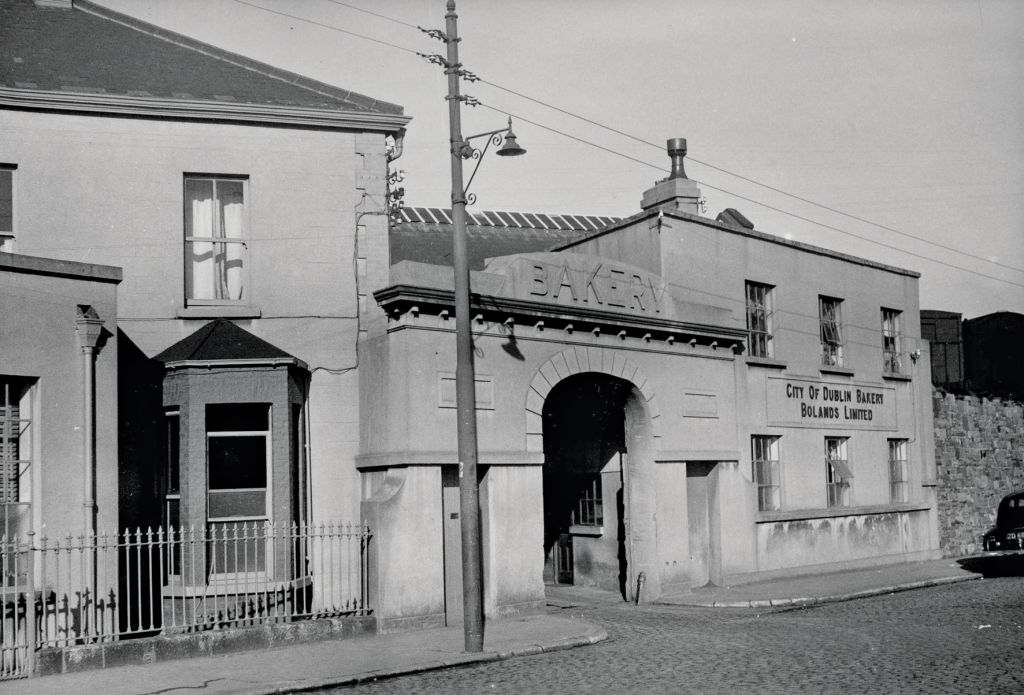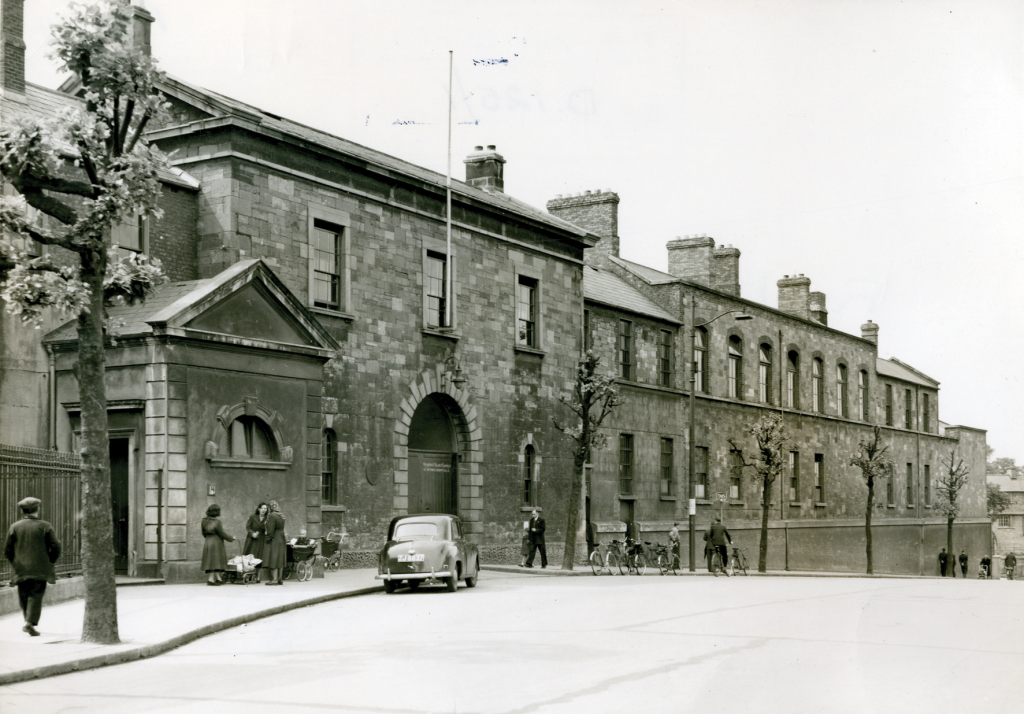By Paul O’Brien MA – Photos: Courtesy of Military Archives
Much has been written in relation to the Easter Rising of 1916, yet this event is still providing new avenues for research. The insurrection is considered a pivotal point in Irish history and also a first for many military strategies and tactics that are still in use today.
The 1916 Rising was one of the first conflicts of the 20th century that saw the use of urban combat. The Irish Defence Forces call it ‘Fighting in built-up areas” or “FIBUA”, the American army call it “military operations on urban terrain” or “MOUT”.
For the ordinary soldier, urban combat has become known as Fighting in Someone Else’s House (FISH) and Causing Havoc in Peoples Streets (CHIPS).
Joseph Plunkett, on the first meeting of the Military Council of the Irish Volunteers, produced a plan of the insurrection on which he had worked on for years. This plan involved the seizing of a number of strategic buildings throughout Dublin city. These buildings were in turn supported by a number of outer posts. The Irish Volunteers had undergone months of rigorous training in relation to fighting in built-up areas. Weekends were spent in Finglas and the Dublin mountains, learning assault and defence techniques.
On Easter Monday morning, the rapid deployment of each Volunteer battalion in their designated area of operations ensured a strong defensive perimeter had been established before British assaults began.
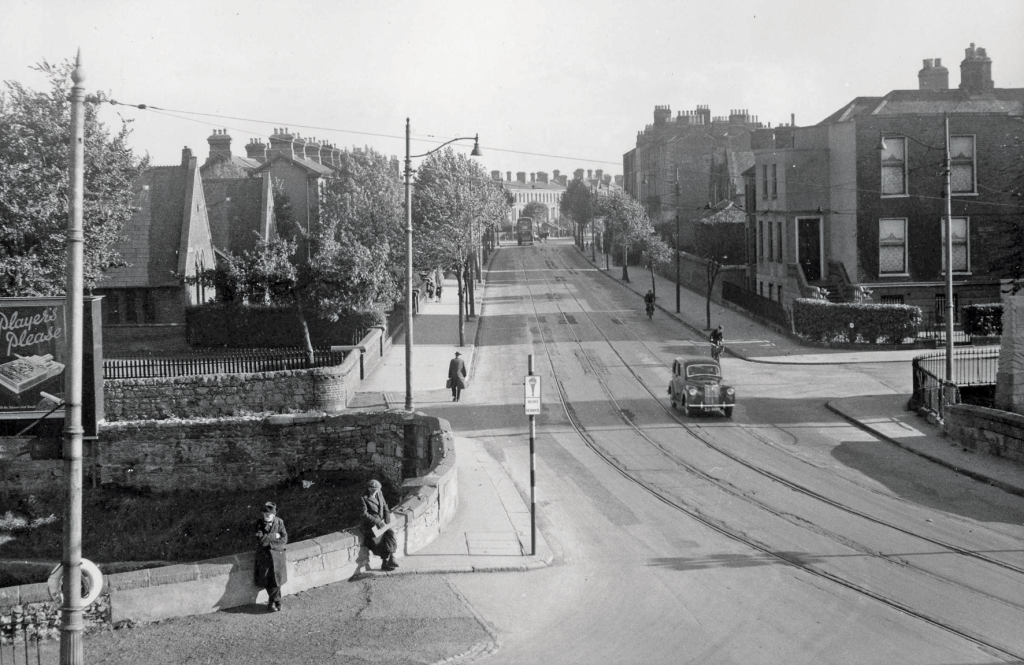
The Battle of Mount Street Bridge is an example of Fighting in a Built-Up Area and this case scenario is still used today in the briefing of young recruits. Under the command of Lieutenant Michael Malone seventeen Irish Volunteers killed or wounded 240 British soldiers in one of the bloodiest engagements of the week. Fighting from four well defended and mutually supporting positions, the Volunteers caused havoc among the ranks of the British troops before the Volunteers withdrew from their positions.
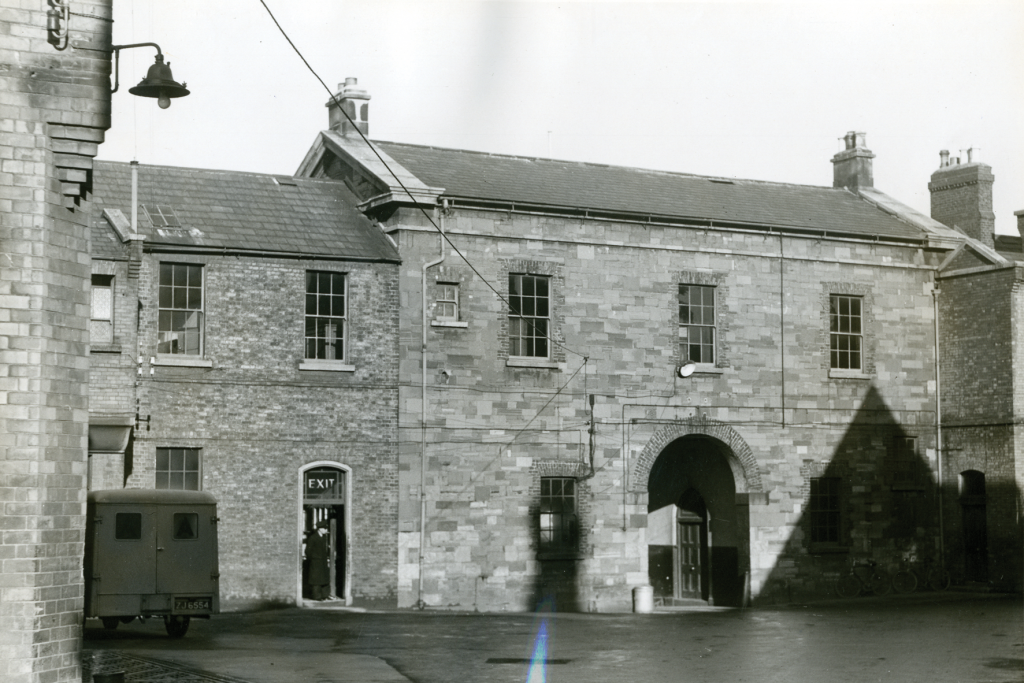
In the South Dublin Union (now St. James Hospital) Commandant Eamonn Ceannt’s unit fought from building to building, delaying British forces as they attempted to regain control of the city. Vicious close-quarter combat resulted in heavy casualties on both sides.
The occupation of the Four Courts and the buildings in the surrounding area was an excellent tactical plan. This large area was seen as a blocking action against British forces that would come from the west of the city. Commandant Edward Daly’s force barricaded the streets and occupied key buildings in the area which they heavily fortified. Any approaching force was channelled into kill zones that were covered from a multitude of posts.
The area around Sackville Street (now O’ Connell St.) was covered from multiple positions, each mutually supporting. Fortifications consisted of barricading, mouse-holing and the sandbagging of posts.
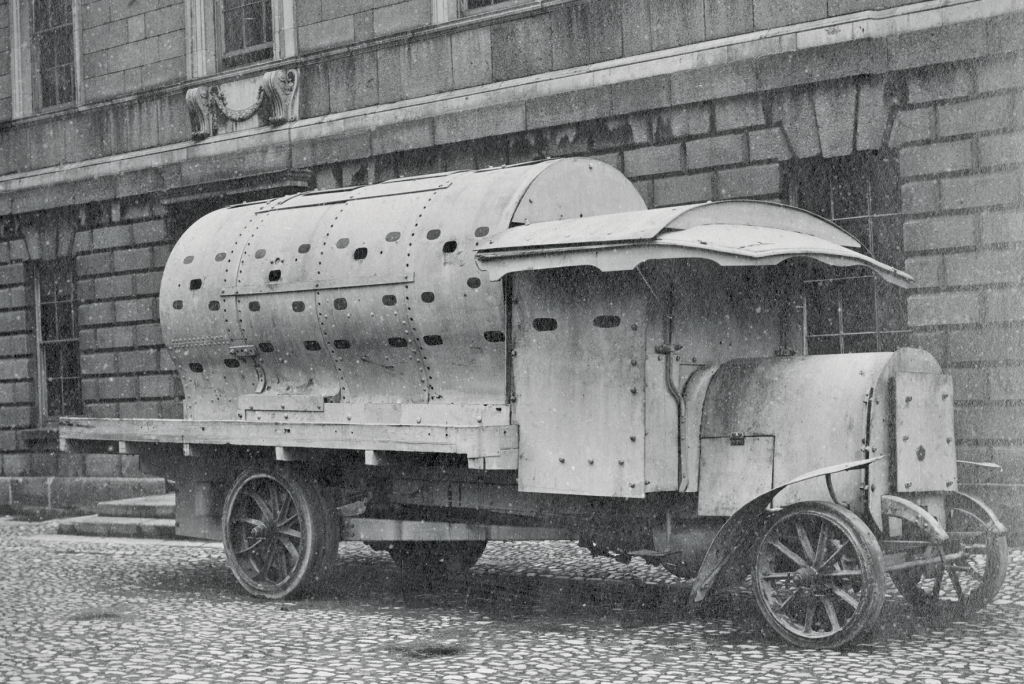
In order to retake Dublin city, the British army found themselves up against a well organised and well entrenched force that had high morale and dedication. There is no doubt that British crown forces were taken by surprise in relation to the events that took place on Easter Monday. However, they managed to regain a number of key positions by the end of the first day and reinforcements began arriving into the capital from a number of barracks outside the city. Having secured and reinforced a number of positions in Dublin city such as Dublin Castle and Trinity College, Brigadier W.H.M. Lowe then established a number of “jumping off points” throughout the capital. An outer cordon was thrown around the city and an inner cordon was placed around each Volunteer position. By mid week the British army were in a position to begin the retaking of the city. The British army possessed no equipment specially designed for urban operations, nor did they have much in the way of formal doctrine to guide their efforts. Like many urban conflicts of today, they depended on trial and error. During the battle for Dublin city, improvised Armoured Personnel Carriers (APC) were used for the first time and ‘marching fire’ and artillery were used to neutralise Irish positions.
Despite the outcome of the Rising, the battle for Dublin city remains a classic study in urban warfare that clearly demonstrates not only the rigors and demands of fighting and defending in a built up area but also the valour and fortitude demanded of the soldiers and volunteers who fought in such a situation. The British army retook Dublin city from the Volunteers and paid a high price in doing so. Today, military operations in an urban terrain are still in its infancy. In drawing a comparison with Dublin of 1916, many of the lessons learned are just as valid in today’s urban combat environment.
Please note that the Bureau of Military History will be available as a fully online collection in the near future, visit Military Archives website for more info: www.militaryarchives.ie
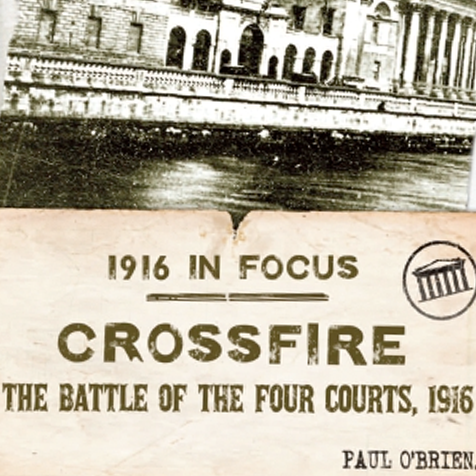
Crossfire: The Battle for the Four Courts, 1916
On Easter Monday 1916 Commandant Edward Daly commanding the 1st Battalion of the Irish Volunteers occupied the Four Courts and the surrounding area. Crossfire, 1916 & the Battle for the Four Courts is the true story of one of the bloodiest engagements against crown forces in Dublin city during the 1916 Rising. Surrounded and out gunned the Volunteers held their positions and were the last Battalion of the Rising to surrender. This book examines the battles that were fought in and around the Four Courts area of Dublin city and the atrocities that were uncovered on North King Street as the Rising came to an end.
Published by New Island Books, March 2012 – ISBN: 978-1848401297 – PB €9.95 (128pp)
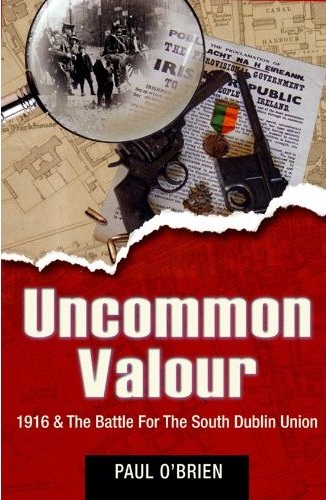
Uncommon Valour: 1916 and the Battle for South Dublin Union
The second book in the series was released in February 2010 and is entitled Uncommon Valour, 1916 and the battle for the South Dublin Union. Historians because of its complicity often overlook this engagement. Commandant Eamonn Ceannt and 120 men of the 4th Battalion of the Irish Volunteers occupied the South Dublin Union, a workhouse and hospital spread over fifty-two acres near James Street, Dublin. Read an article on this battle here.
Published by The Mercier Press, August 2010 – ISBN: 978-1856356541 – PB €12.99 (157pp)
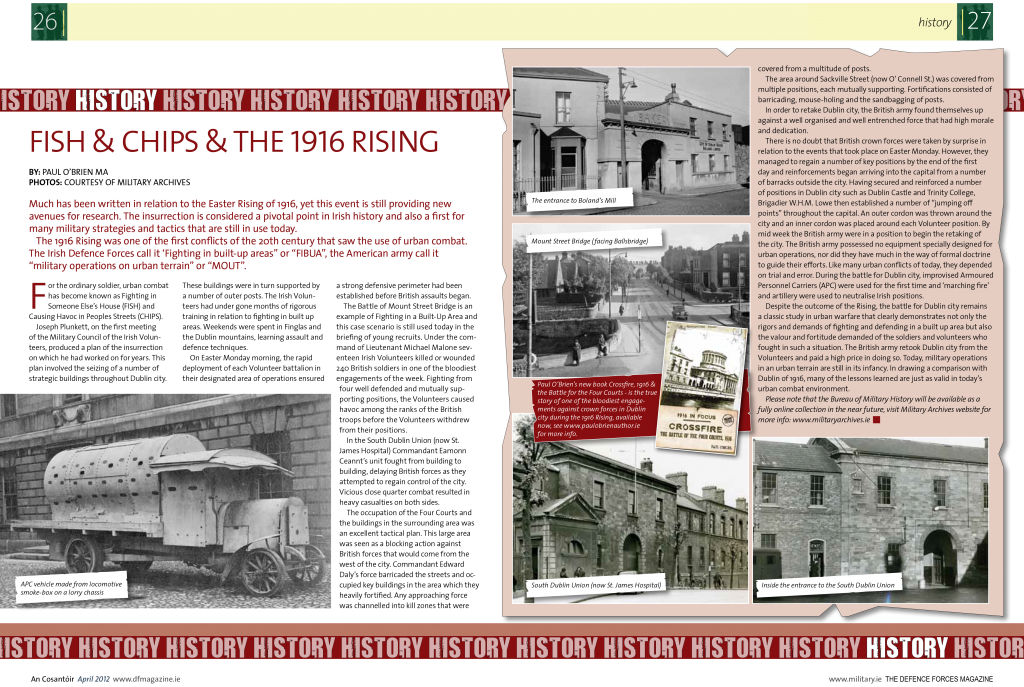
This article was published in the April 2012 issue of An Cosantóir: The Defence Forces Magazine. www.DFMagazine.ie

